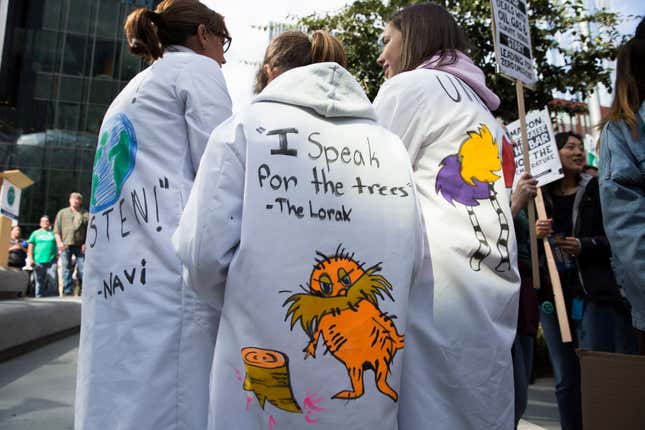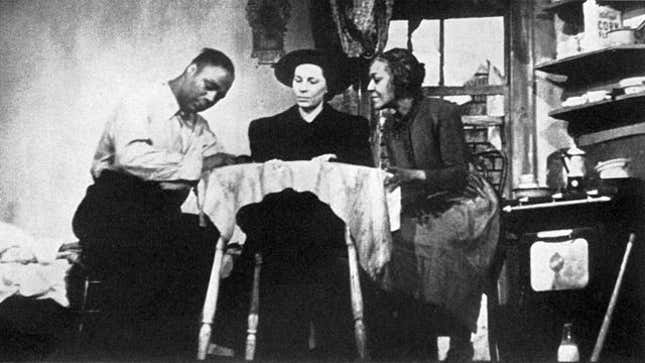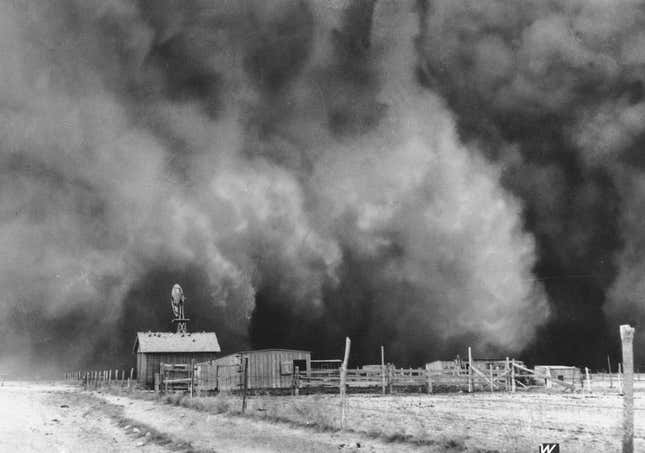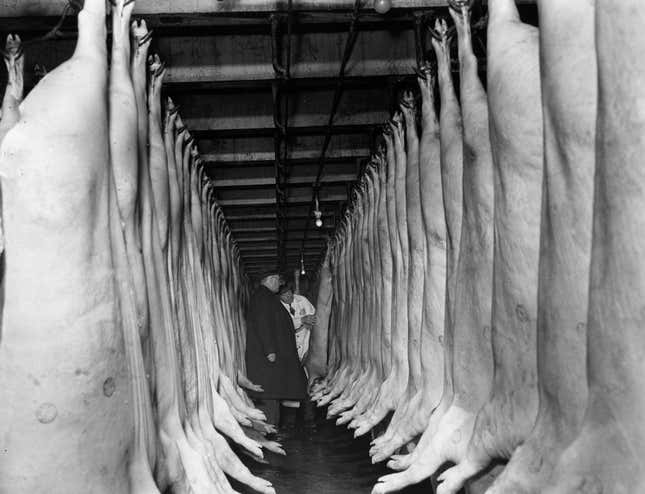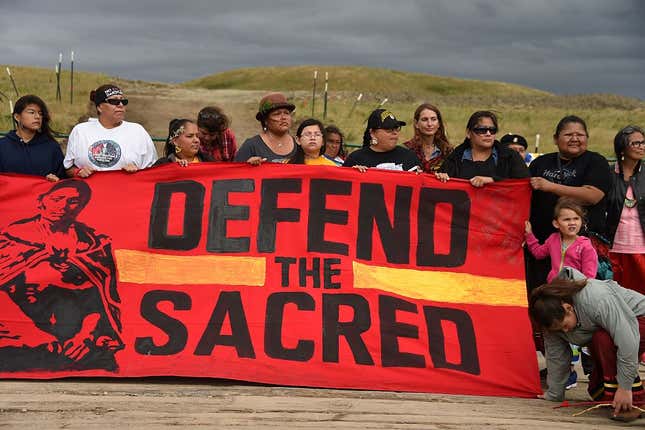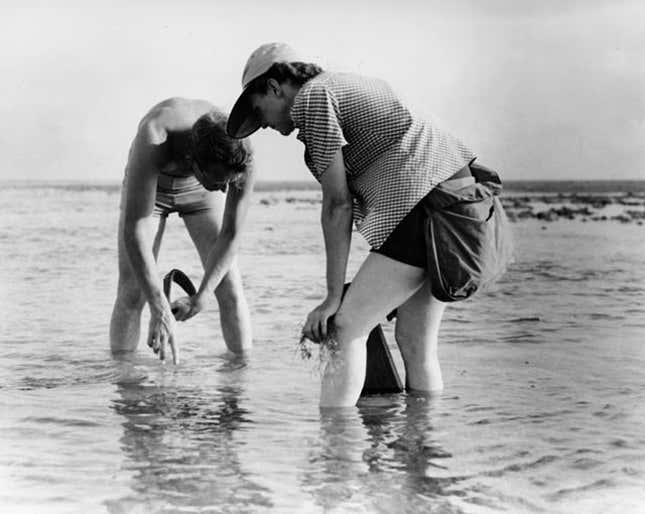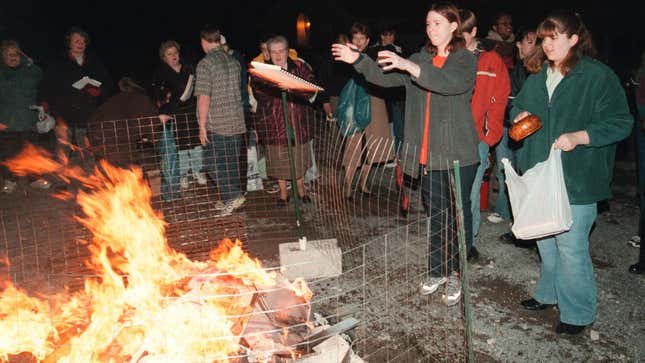
Banned and heavily challenged books are all the rage these days… at least for school districts in states like Florida and Texas. An April 2022 report from PEN America, a nonprofit that works to defend expression in literature, found that the number of banned books is on the rise. As of last month, school districts across 26 states have banned more than 1,000 books over the span of nine months, NBC News reported.
Oftentimes a book is “banned” by being removed from a school’s library or the school’s reading list. Elected officials, parents, or teachers often cite that the contents of the book are inappropriate for the students. School boards can become involved in banning a book from the a school.
The tomes on this list pissed off multiple schools. These characters and plots show how various societal issues, including racism and poverty, intersect with climate change and environmental destruction. Here are some banned books to add to your reading list, if you care about intersectionality and gross chunky rivers.
